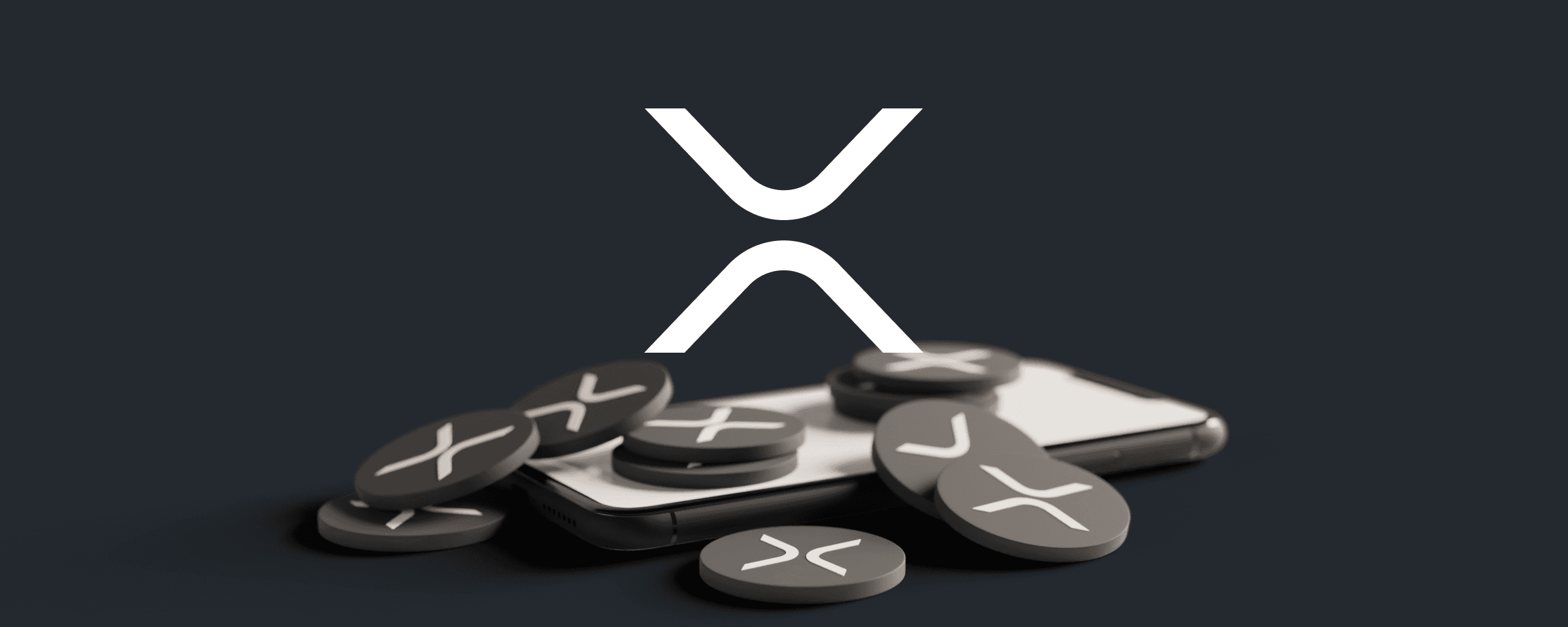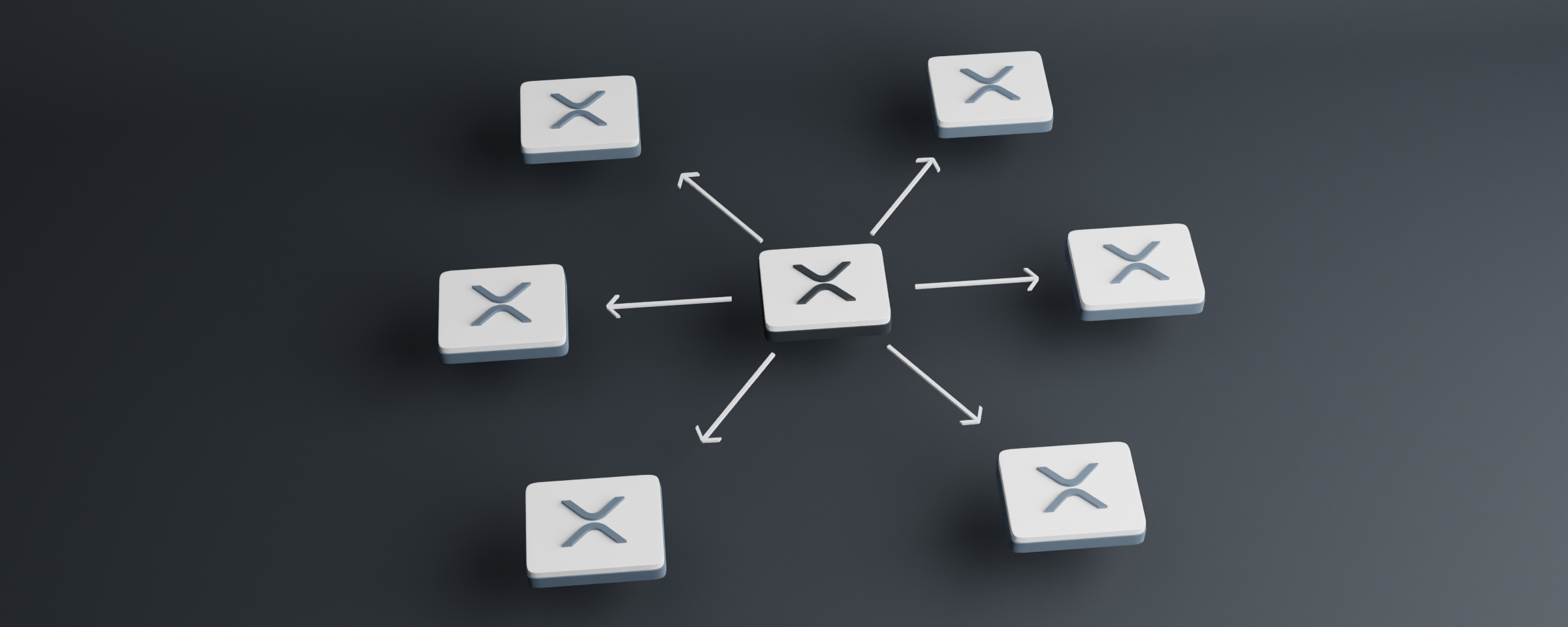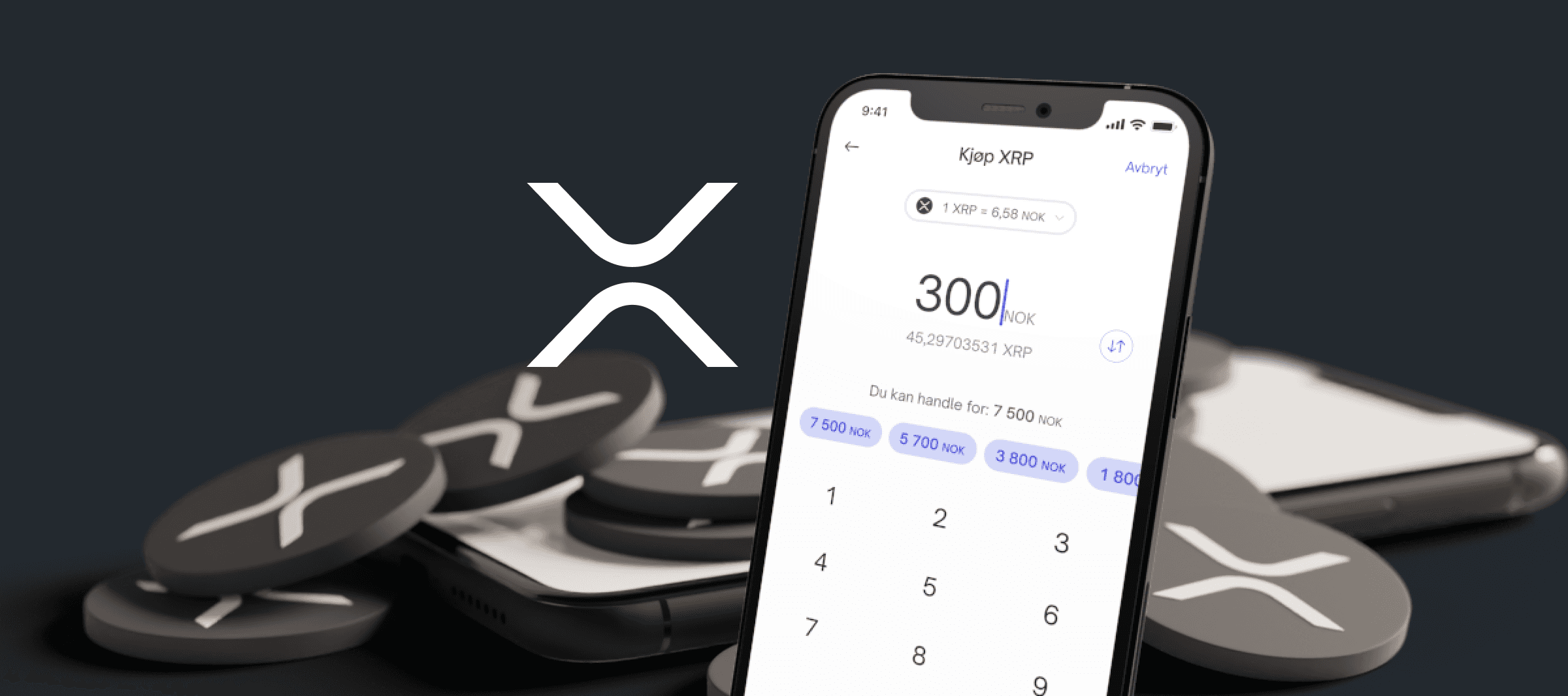Many people have probably realized that for several years there has been a legal case between the SEC (Securities and Exchange Comission), and Ripple. The crux of the matter was that the SEC believed that XRP must be considered a security (in the same way as a share) and that XRP is thus subject to their control and regulations, while Ripple, for its part, is adamant that XRP is not a security.
The SEC believes that the sale of XRP tokens by the company Ripple and its executives constituted an unregistered sale of securities, which is illegal. (Anyone who is going to sell securities must be registered and approved by the SEC). This can be compared to selling shares without registering with the Norwegian or Danish Financial Supervisory Authority.
The core of the case, and some important details
The court case has been important for the entire crypto industry because the SEC, for its part, believes that a large proportion of cryptocurrencies can be considered securities, and are therefore subject to their control. They will potentially be able to go after a number of other cryptocurrencies, and not just XRP, and they will be able to limit US retail investors access to these assets under the guise of protecting "the little guy". (Since the US is a big market, what happens there is very important for the entire crypto market).
At the same time, the crypto industry and its supporters strongly disagree with the SEC, believing that crypto is a different type of financial asset. Other financial assets, such as commodities, gold and silver, are regulated in a different and less strict way, and here it is a control body other than the SEC that is in charge.
So then a core question becomes whether one can classify XRP as "a security" or not. The criteria for what counts as a security in the USA is determined based on something they call the "Howie test". This is a set of criteria that must be met in order to be able to classify something as a security.
The 4 criteria in the Howie-test
- Investment of money
- In a common enterprise
- Expectation of profits
- From the efforts of a promoter or third party
So: First, it is something you invest money in. The price and the price development are the same for everyone who has invested. There is an expectation of profit on the part of the investors and it is ultimately important that that expectation of profit comes from an identifiable third party (such as a company).
Almost all cryptocurrencies meet the first three criteria. It is the fourth criterion that is decisive for the classification. In the case of XRP, the company Ripple was this third party that allegedly created an expectation of profit. Ripple, for its part, focused during the trial on something called "fair notice", which means that the SEC should have given a warning in advance that XRP could be classified as a security, or that they saw the sale of XRP as an illegal sale of securities.
Many crypto companies have used the same argument against the SEC, that they have previously been unclear about which cryptocurrencies they count as a security.
Something important to the case is that XRP was created one year before the company Ripple existed. And that 80% of XRP was gifted to Ripple when this company was founded, while 20% was kept by the founders. Much of the funding for the company Ripple has come from the cryptocurrency XRP, but they also have their own Ripple shares, which have been sold to investors. These shares are not a cryptocurrency, and not the same as XRP. XRP is therefore NOT a share in the company Ripple.
The SEC has used both ICOs (public sale of a new cryptocurrency) and staking as examples of the sale of securities, but XRP has not adopted either of these. It is worth mentioning that launching through ICO and using staking is central to many cryptocurrencies.
Finally a decision in the case
After the trial has been ongoing since December 2020, it was finally decided on 13 July 2023 that the court does NOT consider XRP a security, and that Ripple has thus not broken the securities law by selling XRP on public exchanges. It is the Howie test that has been used as the basis for this decision, and this gives a signal that this test will probably also be used in similar cases later.
The market saw this as a big win for Ripple and XRP, and it led to an immediate jump in the XRP price. This also means that US crypto exchanges can legally offer XRP to their customers in the future. Coinbase is among those who have come out and promised that XRP will return for sale on the exchange.
This is important because it gives XRP “regulatory clarity”, which only Bitcoin has among the other cryptocurrencies. This means that you then have completely clear rules to deal with now that XRP is not considered a security.
At the same time, the SEC prevailed on some other points, making the case a shared victory between the SEC and Ripple. This applies, among other things, to the fact that the SEC was right that Ripple's sale of XRP directly to sophisticated institutional investors was in fact a breach of the Securities Act because in this case there was an "expectation of profit" created by the company Ripple.
It is possible that Ripple will appeal this decision before the final judgment falls in 2024, but the result could be that they have to pay a large fine. The difference between this sale to institutional investors and the sale to small investors on the open market was, among other things, that here it was clear that the money went to Ripple, while in a sale on a public crypto exchange it is not clear to the buyer whether the money goes to Ripple or to another former XRP investor. This means, with regard to the howie test, that the institutional investors had an expectation of profit from the company Ripple, which according to the howie test made XRP a security in this case.
We know that this is a complicated matter, and that there are many details to discuss in terms of the matter's importance for the crypto market. But we hope you have gained a good understanding in this article. If you want to learn more about the details of the case and the effect this may have on crypto, we can recommend this video: https://www.youtube.com/watch?v=8SeIQ93xwyU




